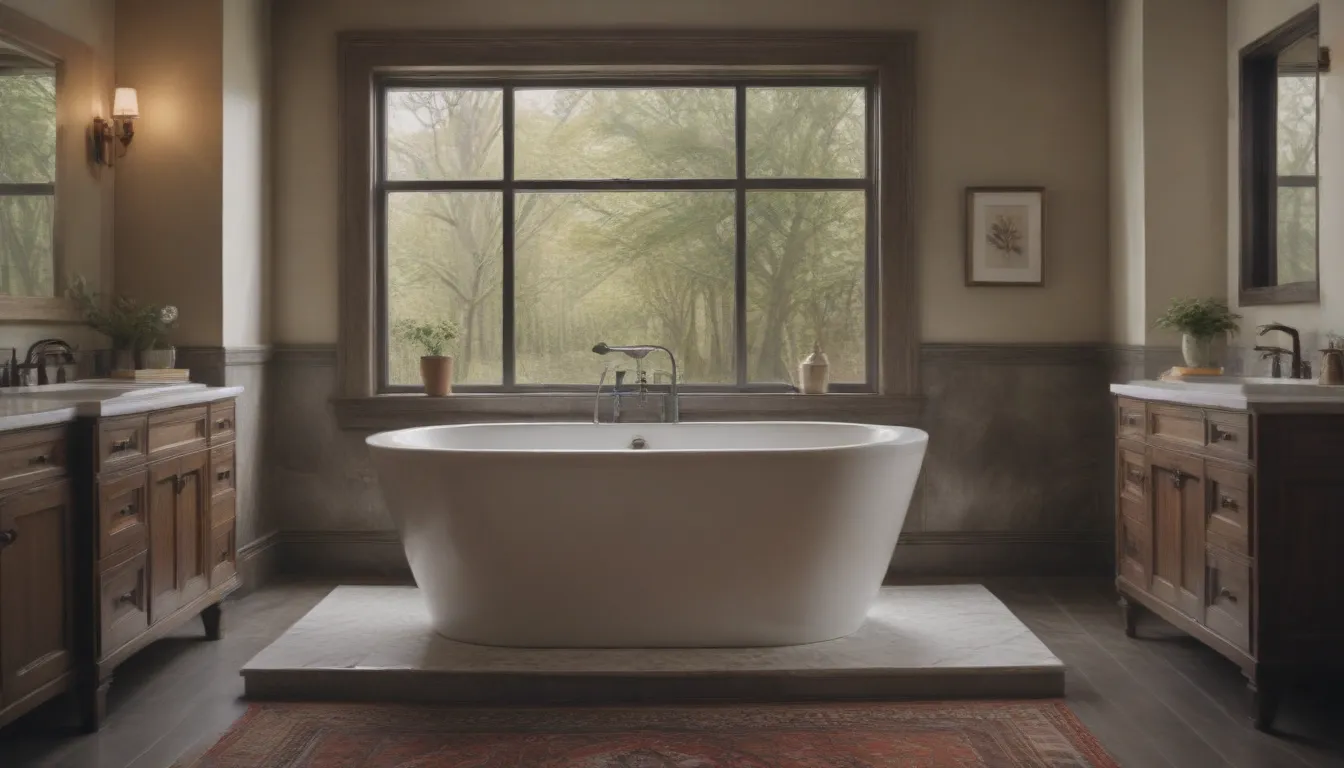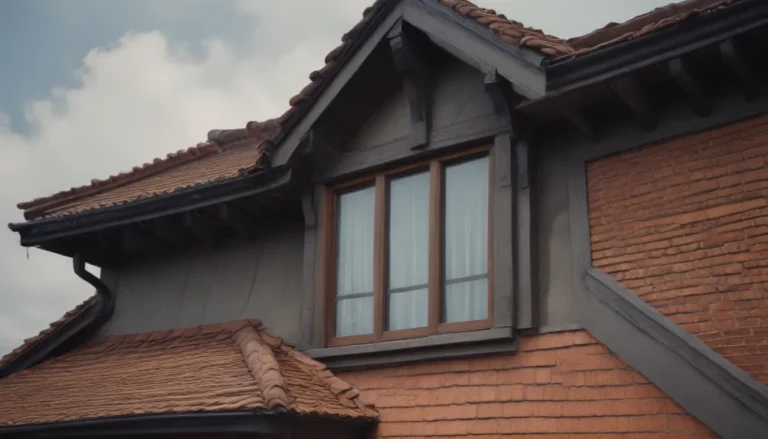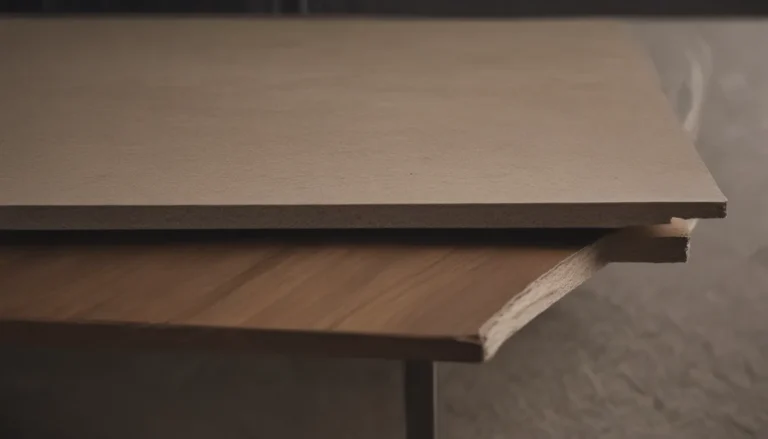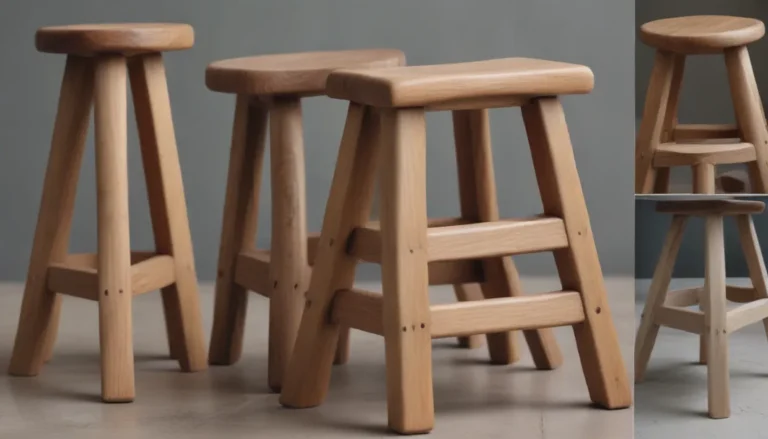A Comprehensive Guide to Walk-in Tubs: What You Need to Know

Are you considering investing in a walk-in tub for your home but unsure about the costs and options available? Look no further! In this detailed guide, we will walk you through everything you need to know about walk-in tubs, their various types, installation costs, extra features that influence prices, maintenance, brands, materials, and even potential insurance, tax credits, and discounts to help offset the cost.
Understanding Walk-In Tub Costs
Walk-in tubs can be a valuable addition to a home, offering a luxurious bathing experience and catering to individuals with special needs. However, they do come at a price. The total average cost range for a walk-in tub typically falls between $3,200 and $17,400. Here’s a breakdown of the cost of different types of walk-in tubs:
Types of Walk-In Tubs
- Soaking Walk-In Tub: Starting at $2,700, this type of tub offers ample room for bathing without extras like jets or a showerhead.
- Hydrotherapy Walk-In Tub: Ranging from $2,600 to $6,700, hydrotherapy tubs deliver water jets to aid with conditions like arthritis.
- Aerotherapy Walk-In Tub: Priced at around $4,600, these tubs use air jets for a soothing bathing experience.
- Combined Therapy (Water and Air Jets) Walk-In Tub: Costing $5,500, these tubs provide both water and air jets for a customizable experience.
- Wheelchair Accessible Walk-In Tub: With a cost of $6,835, these tubs are designed to accommodate users with mobility challenges.
- Bariatric Walk-In Tub: Priced at an average of $4,300, these tubs are wider and sturdier to support larger users.
- Two-Seat Walk-In Tub: Starting at $6,850, these tubs feature two seats facing each other, making them ideal for patient-caregiver use.
Walk-In Tub Installation Cost
The installation cost for a walk-in tub typically ranges from $1,080 to $6,600, with an average cost of $3,840. Depending on the complexity of the installation, additional work such as flooring, tiling, or plumbing may be required, driving up the overall cost.
Extra Features That Influence Walk-In Tub Costs
- Walk-In Tub/Shower: This optional addition costs around $460 to $500 and includes a removable shower column kit.
- Overflow Protection: Installing overflow protection to prevent the tub from overflowing costs approximately $150.
- Heated Backrest: For added comfort, a heated backrest can be included at an additional cost of about $500.
- Ozone Sterilization: Adding ozone sterilization for deep cleaning the tub comes at a cost of around $225.
Walk-In Tub Maintenance and Cleaning
Maintaining a walk-in tub, especially ones with added features like hydrotherapy and aerotherapy, may require more effort compared to conventional tubs or showers. Walk-in tubs are larger, but their accessibility makes cleaning simpler. Features like ozone sterilization can aid in breaking down grime for easier cleaning.
Walk-In Tub Cost by Brand
The brand of the walk-in tub can significantly impact its cost. Here are some popular brands and their average price ranges:
- American Standard: $2,835 to $9,665
- Ella’s Bubbles: $2,835 to $9,000
- Jacuzzi: Starting at $5,000
- Kohler: $2,665 to $14,000
Materials That Influence Walk-In Tub Cost
- Acrylic: Known for its durability, acrylic walk-in tubs cost between $2,500 and $10,165.
- Gelcoat: An affordable alternative, gelcoat walk-in tubs are priced at around $3,750.
- Fiberglass: Starting at $1,000, fiberglass walk-in tubs offer a balance between durability and cost-effectiveness.
Insurance, Tax Credits, and Discounts
While walk-in tubs are not typically covered by insurance, there are potential avenues to reduce costs:
- Medicare: Although walk-in tubs aren’t usually covered, some exceptions may apply based on medical necessity.
- Private Insurance: Discussing the need for a walk-in tub with a doctor may help advocate for coverage.
- Tax Credits: Certain medical expenses may qualify for tax deductions in the US, while Canada offers a Home Accessibility Tax Credit for qualifying renovations.
- Discounts: Manufacturers and retailers often provide discounts for veterans and senior citizens, so be sure to inquire when shopping.
In conclusion, a walk-in tub can be a significant investment but offers numerous benefits for those in need of accessible and luxurious bathing options. By understanding the costs, types, additional features, maintenance requirements, and potential avenues for cost reduction, you can make an informed decision about incorporating a walk-in tub into your home. Remember to explore different brands and materials to find the right fit for your needs and preferences.





